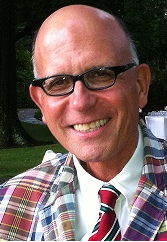
Bruno D.V. Marino, PhD
Bruno D.V. Marino PhD
Founder & CEO
Bruno D.V. Marino is an American scientific entrepreneur involved in solving diverse social problems through a scientific lens and public purpose. Bruno has over 20 years’ experience in early-stage companies serving in diverse roles including as CEO, COO, CTO and Director of Research. He founded Planetary Emissions Management, Inc. in 2007, and Planet Alpha in 2017, serving as CEO to both companies. His primary interest has been the impact of climate change on culture and an understanding of climate change effects on the biosphere. He has published extensively in these areas as well as environmental monitoring employing stable and radiogenic isotopes, ecosystem science and experimental manipulation of large enclosed human-rated engineered ecosystems. He served as Director of Science and Research at Biosphere 2, Tucson, AZ, where he engaged and challenged world-class scientists to elucidate the scientific importance of the closed facility and its relevance to climate change. He was co-editor of a special issue of Ecological Engineering describing past and current research in the Biosphere 2 research facility. He also served as a Research Associate of Lamont Doherty Earth Observatory, Columbia University and of the Division of Applied Sciences, Harvard University. He holds a number of patents issued and pending in diverse countries including recent issues in the United States entitled “System of Systems for Monitoring Greenhouse Gas Fluxes” (2013) and “Systems and Methods for Managing Global Warming” (2015). He has experience in finance and securities having held brokerage licenses (Series 7-General Securities Representative, Series 63-Uniform Combined Registered Investment Adviser, State Laws, and, Series 31- Futures Managed Funds License) and has directed extensive fieldwork in the US and Belize. Bruno was Principal Investigator of a PEM four year cooperative agreement award in 2010 totaling ~$2M with the Department of Energy and National Energy Technology Laboratory. During the agreement period, PEM successfully deployed experimental isotopic laser analyzers in remote and populated locations to directly measure fossil fuel and related sources of CO2. He is a graduate of Phillips Andover Academy, Johns Hopkins University (BA) and Harvard University where he was awarded a NASA Goddard Institute for Space Studies Fellowship to complete his Ph.D. in the Department of Earth and Planetary Sciences. He holds an MA in Biological Anthropology also from Harvard. Bruno is a co-founder and Trustee of the PeaceKeeper Foundation whose mission is to promote peaceful negotiations around climate change for future generations. See: https://scholar.google.com/citations?user=JSBqb2QAAAAJ for relevant publications.




 Biodiversity (B) Avoided Carbon
Biodiversity (B) Avoided Carbon Gorilla Habitat (G) Avoided Carbon
Gorilla Habitat (G) Avoided Carbon Methane (CH4)
Methane (CH4)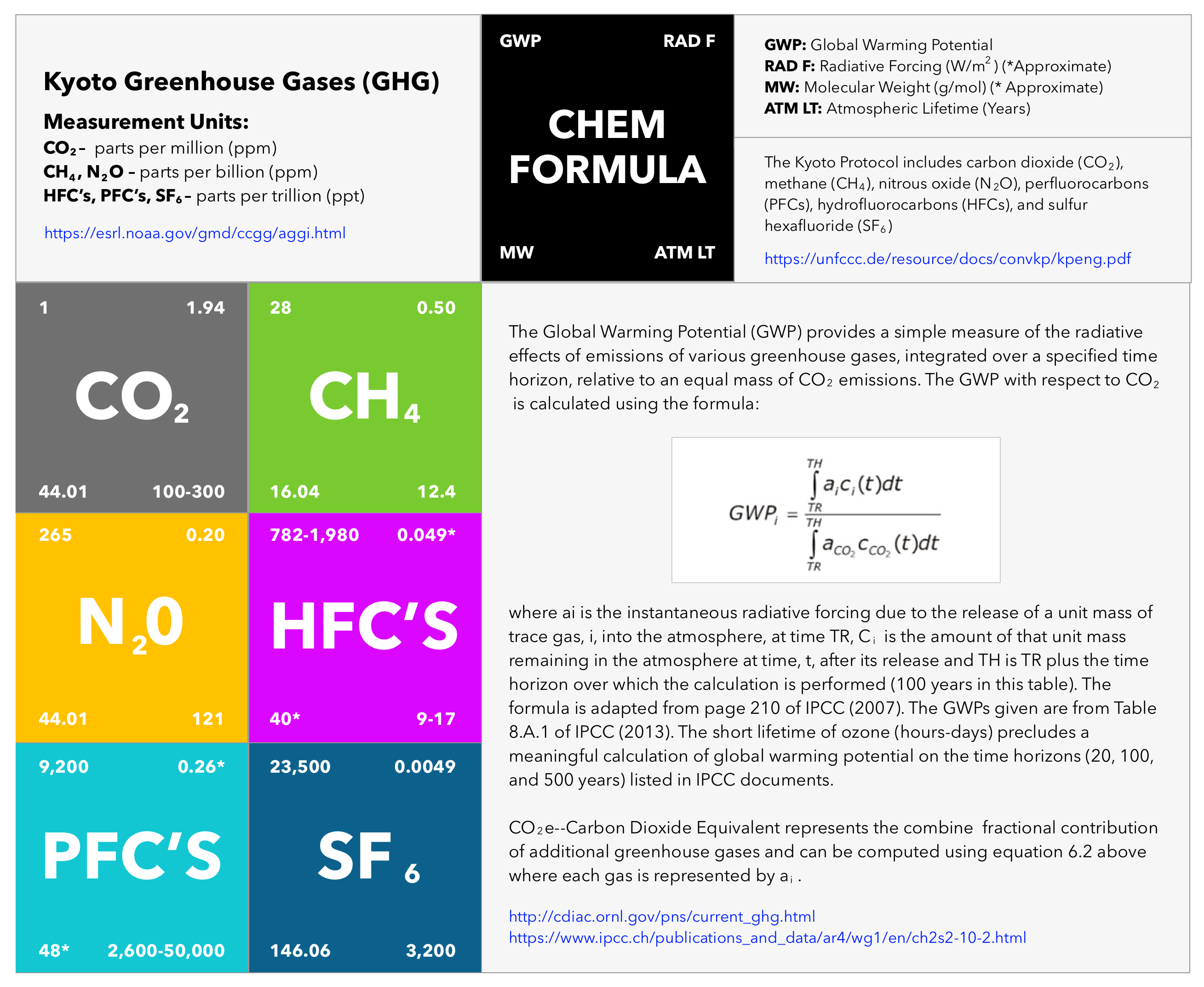
 Indigenous Peoples (IP) Avoided Carbon
Indigenous Peoples (IP) Avoided Carbon
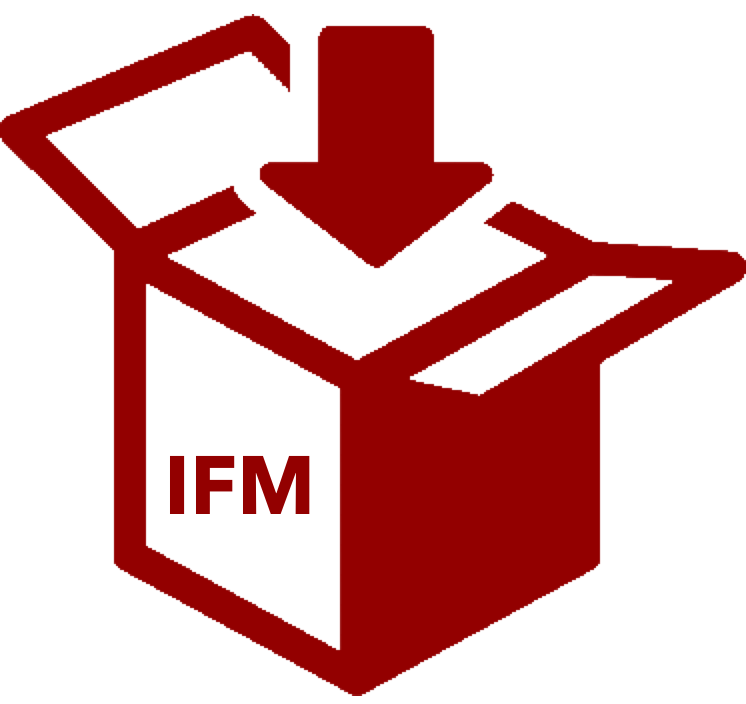 Improved Forestry Management (IFM) Sequestration
Improved Forestry Management (IFM) Sequestration Afforestation (AF) Sequestration
Afforestation (AF) Sequestration
 Agroforestry (GF) Sequestration
Agroforestry (GF) Sequestration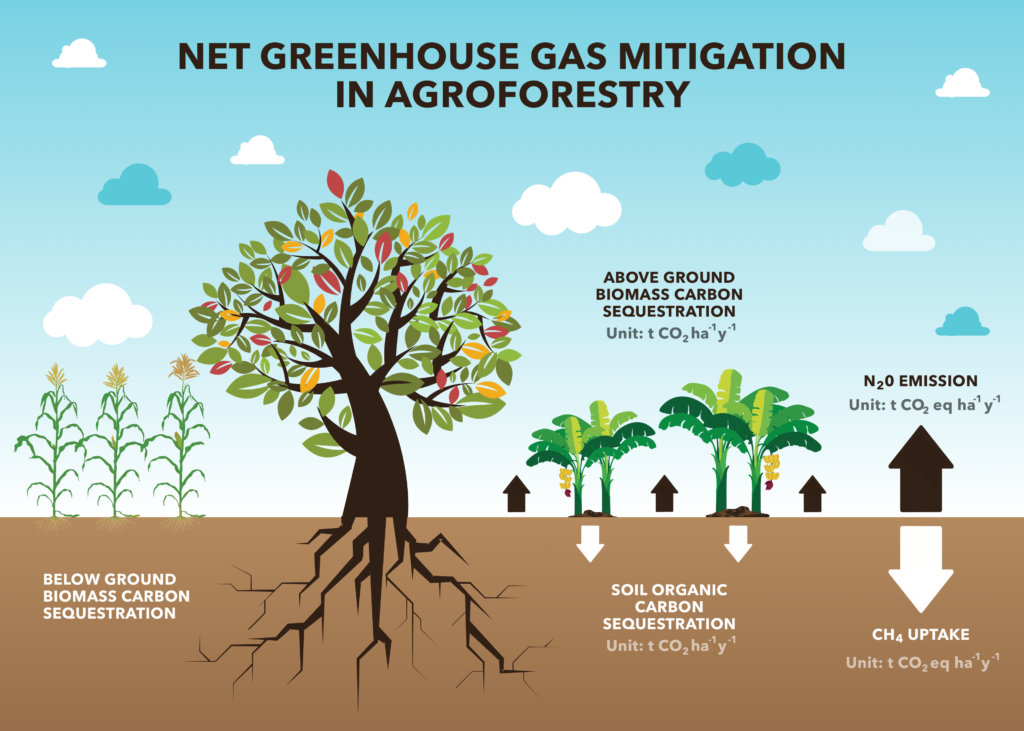

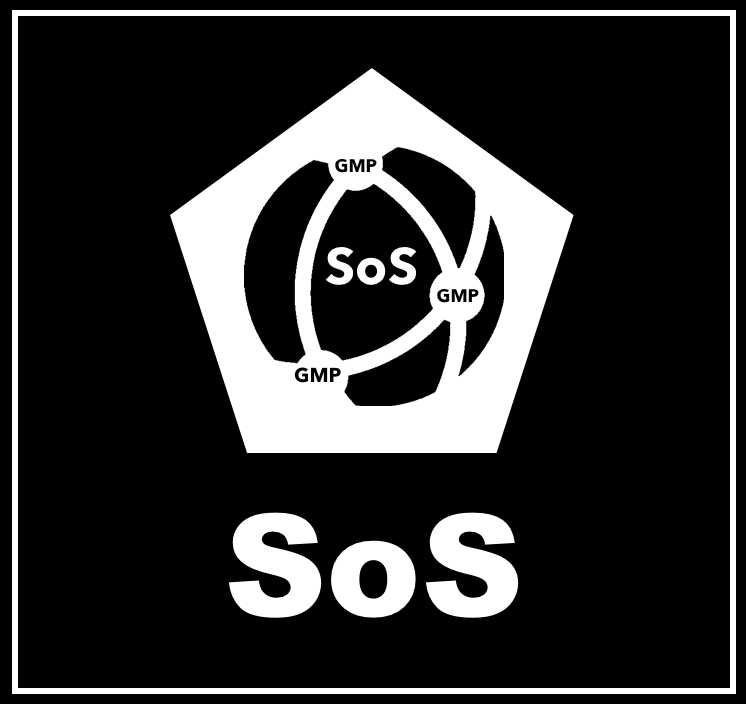 The System of Systems (SoS)
The System of Systems (SoS) QuantumQarbon
QuantumQarbon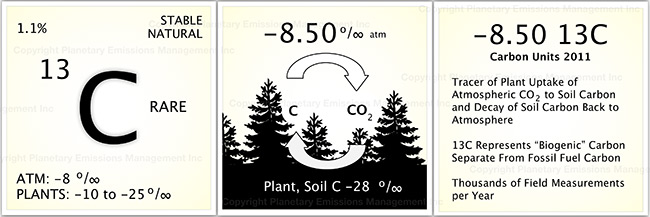
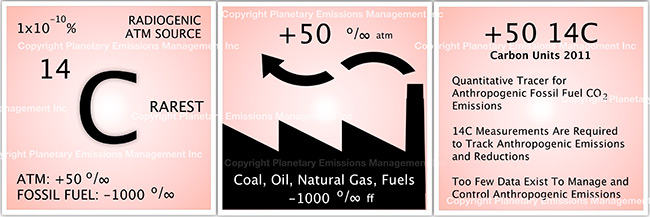
 Carbon isotopic analysis (IA)
Carbon isotopic analysis (IA)

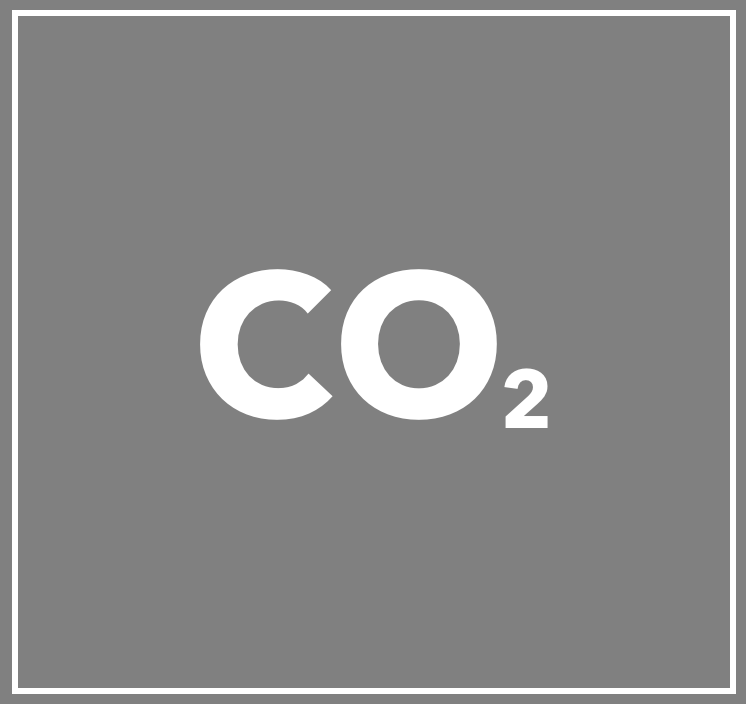 Carbon Dioxide (CO2)
Carbon Dioxide (CO2) Working Forest Carbon Sequestration
Working Forest Carbon Sequestration Eddy Covariance (EC)
Eddy Covariance (EC) Soil Accumulation Chambers (SAC)
Soil Accumulation Chambers (SAC) Soil gas probes (SGP)
Soil gas probes (SGP) Exsolvation of Dissolved CO2 (CO2(aqueous)) and CH4
Exsolvation of Dissolved CO2 (CO2(aqueous)) and CH4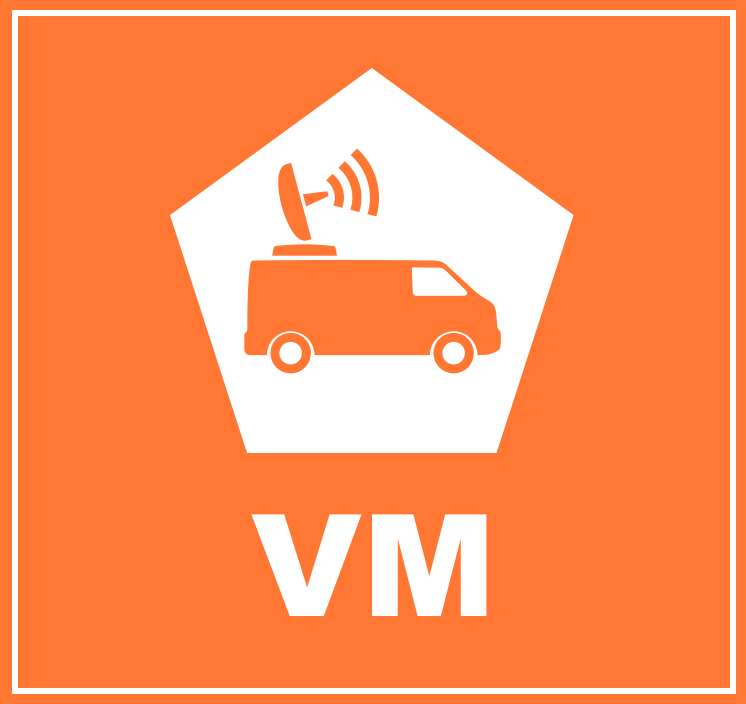 Vehicle Mounted Fast Response Gas Analyzers (VM)
Vehicle Mounted Fast Response Gas Analyzers (VM)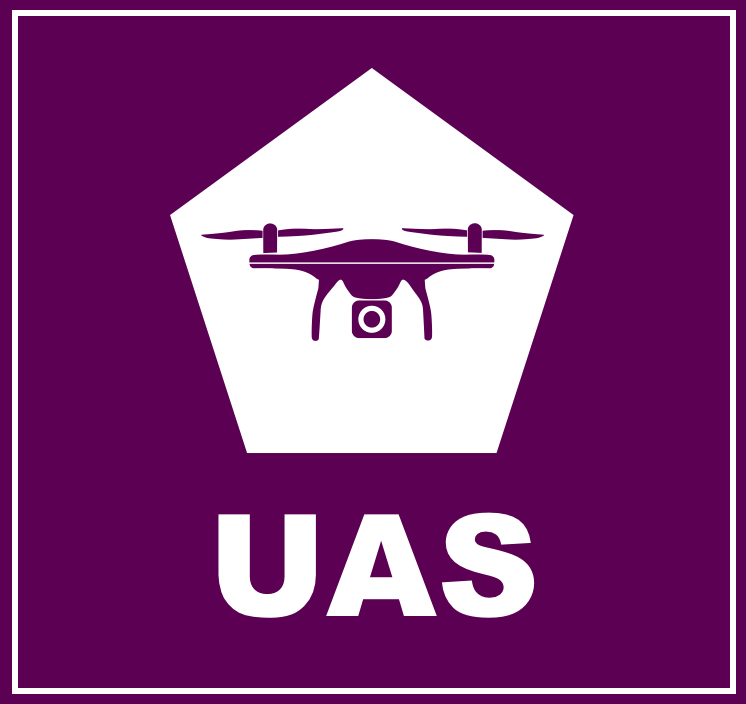 Unmanned Aerial Systems (UAS) and Remote Sensing (RS)
Unmanned Aerial Systems (UAS) and Remote Sensing (RS)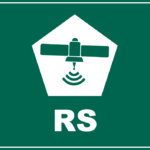 A variety of UAS’s may be used in a project to record the status of forest conditions at low altitude (e.g., ~1,000 ft) on a routine basis, when a disturbance has occurred (e.g., hurricane, drought, timber operations) or for surveillance of forest activity by landowners or others accessing the site. Typical capabilities may include spectral imaging of the tree canopy and mapping functions to reveal differences along the flight path over time. In addition, UAS’s may also carry miniaturized gas sensors for CO2, CH4 and other atmospheric gases. The use of remote sensing (RS) for ecological research is well documented covering spectral bands for normalized difference vegetation index (NDVI), leaf evapotranspiration and other features of the biotic and abiotic project area.
A variety of UAS’s may be used in a project to record the status of forest conditions at low altitude (e.g., ~1,000 ft) on a routine basis, when a disturbance has occurred (e.g., hurricane, drought, timber operations) or for surveillance of forest activity by landowners or others accessing the site. Typical capabilities may include spectral imaging of the tree canopy and mapping functions to reveal differences along the flight path over time. In addition, UAS’s may also carry miniaturized gas sensors for CO2, CH4 and other atmospheric gases. The use of remote sensing (RS) for ecological research is well documented covering spectral bands for normalized difference vegetation index (NDVI), leaf evapotranspiration and other features of the biotic and abiotic project area.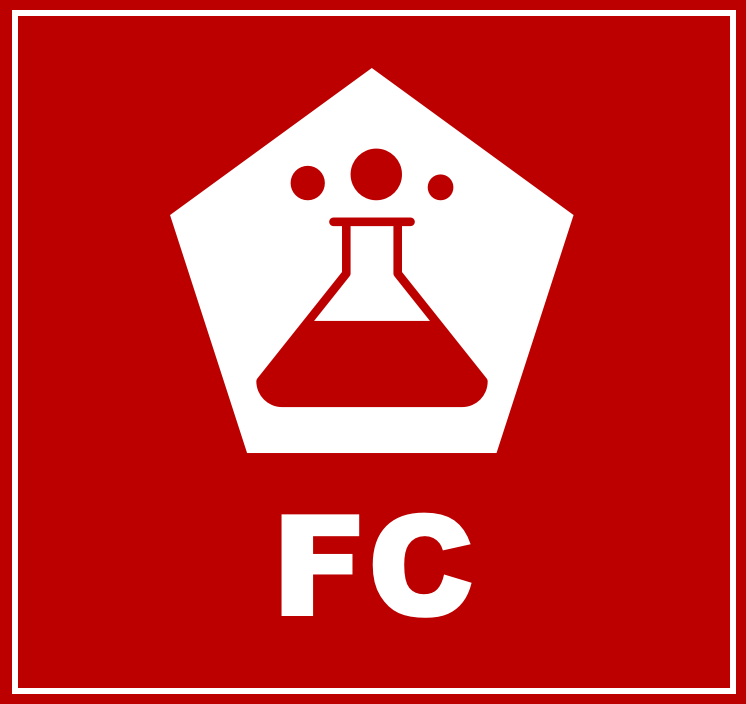 Flask Collection (FC)
Flask Collection (FC) Nitrous Oxide (N2O)
Nitrous Oxide (N2O) Sulfur Hexaflouride (SF6)
Sulfur Hexaflouride (SF6) Tree Plantation
Tree Plantation Perfluorocarbon (PFC)
Perfluorocarbon (PFC) Water Vapor (H2O)
Water Vapor (H2O)